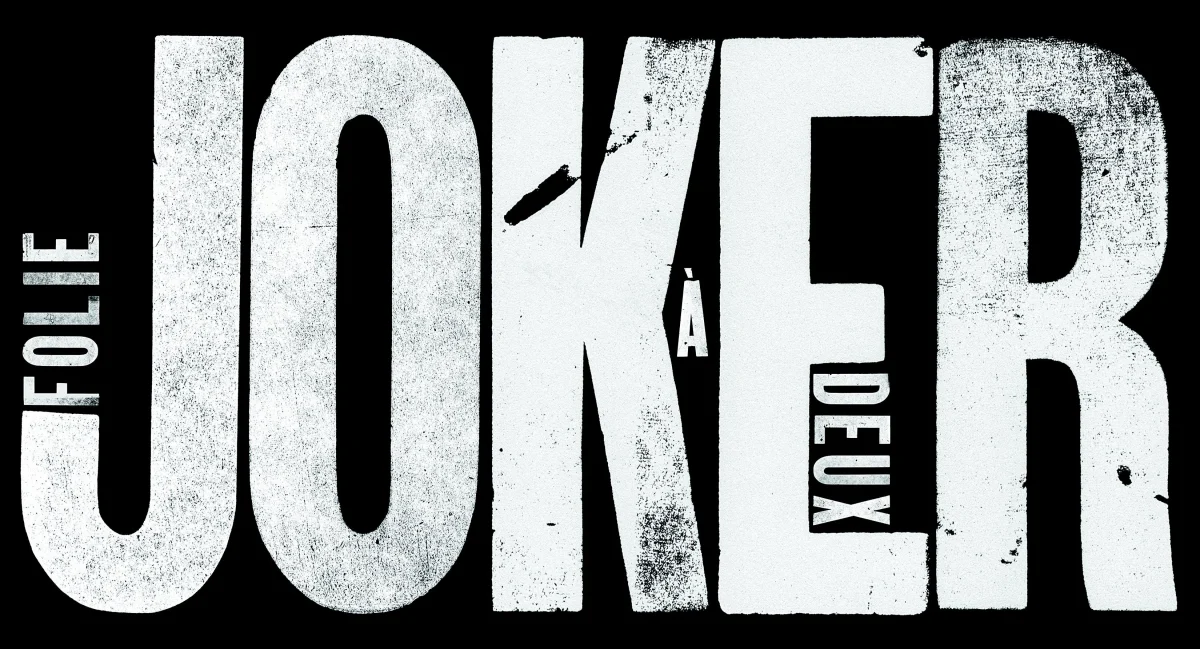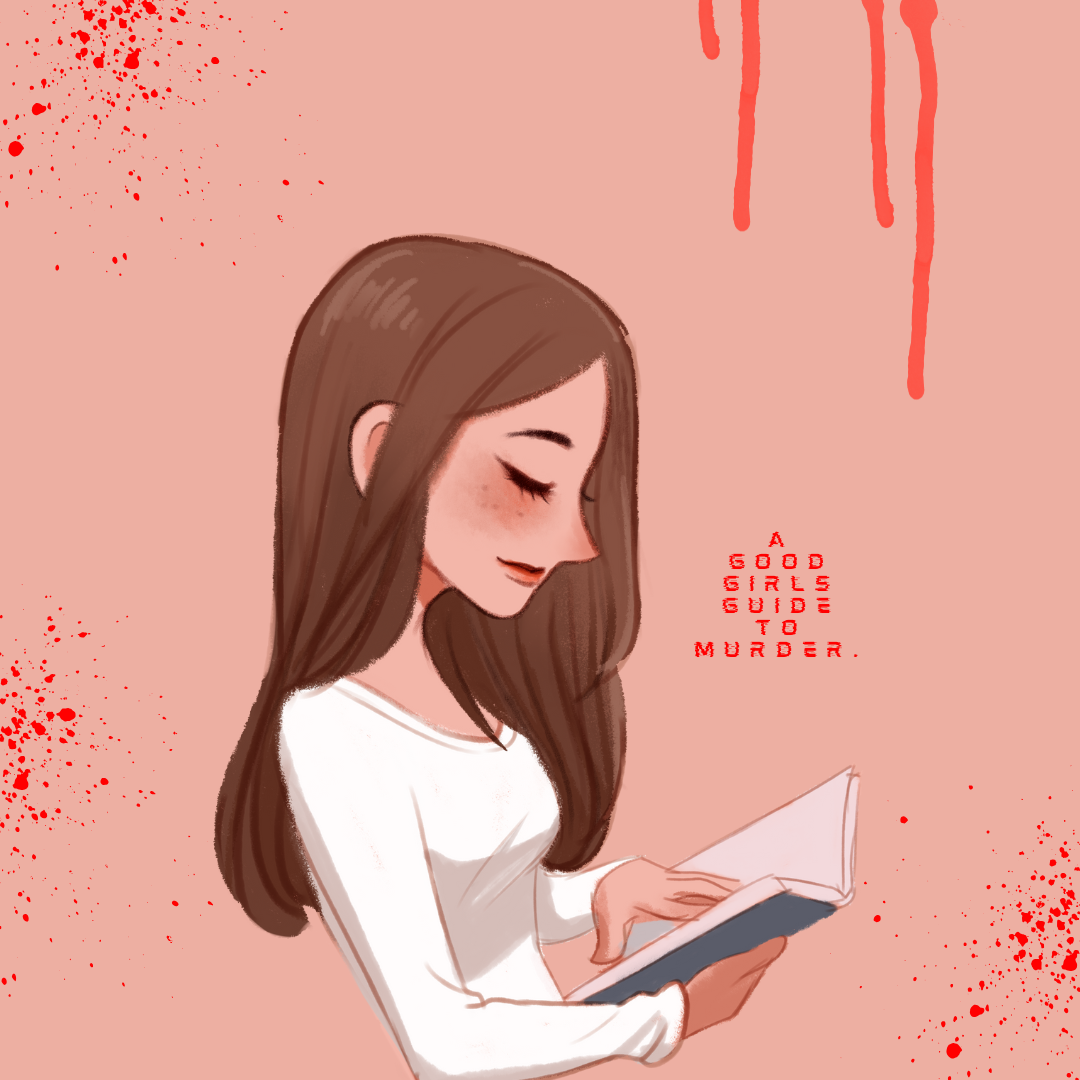
The Cyrus Cylinder and Ancient Persia: A New Beginning exhibit is on tour from the British Museum and is currently visiting the J. Paul Getty Villa from now until December 2. This is the exhibit’s last stop in the U.S. before continuing the tour in India.
The Cyrus Cylinder is a barrel-shaped cylinder made of wet clay that was found in 1879 amidst the ruins of Babylon in modern day Iraq. It is about 8.9 inches by 3.9 inches, a small size for such an important piece of history. Cyrus the Great, King of Persia, wrote the Cylinder in parallel lines of Babylonian cuneiform. The intricate cuneiform is read from the left end of the cylinder to the right end. Though some of the beginning and end is still missing, forty-five lines are preserved.
Written around 539 B.C., it describes the conquest of Babylon by the Persians as well as the return of the Jewish slaves to their homeland and the restoration of their temple. Additionally, many people claim it is the first recorded bill of rights. The importance and respect of the cylinder is so vast that a copy of it is on display at the United Nations Headquarters in New York City. It is also celebrated as a national Iranian symbol.
Although the Cyrus Cylinder is the main attraction of the exhibit, there are also many other Ancient Persian treasures on display, including gold and silver currency, intricate stamp seals, gold and silver bowls and many forms of gold jewelry.
Given the opportunity, it is a remarkable exhibit and a beautiful sight to see.
Written by Shirin Beroukhim
Staff Writer
Categories:
The Cyrus Cylinder at the Getty Museum until December 2
October 17, 2013
0
Tags:
Donate to Sword & Shield
$180
$1000
Contributed
Our Goal
Your donation will support the student journalists of University High School. Your contribution will allow us to purchase equipment and cover our annual website hosting costs.
More to Discover








